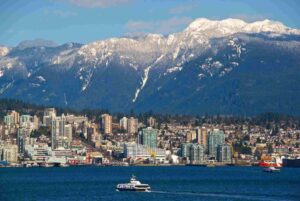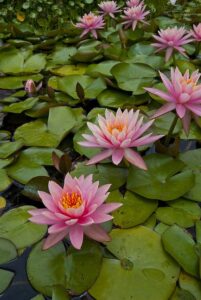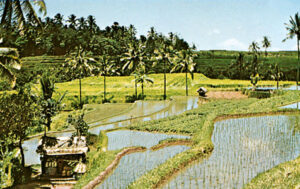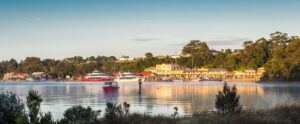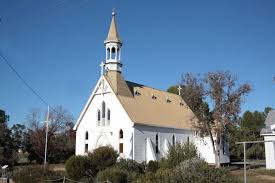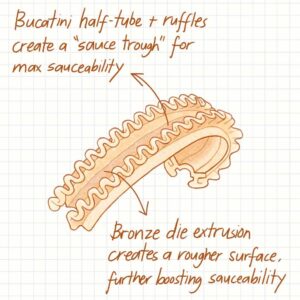I last had lunch with Tom Reeve and a few people at the Mixing Pot in Glebe about 16 years ago to thank him for all the support he had provided us in the consolidation of the Broken Hill University Department of Rural Health and his general interest and leadership in improving and maintaining health care.
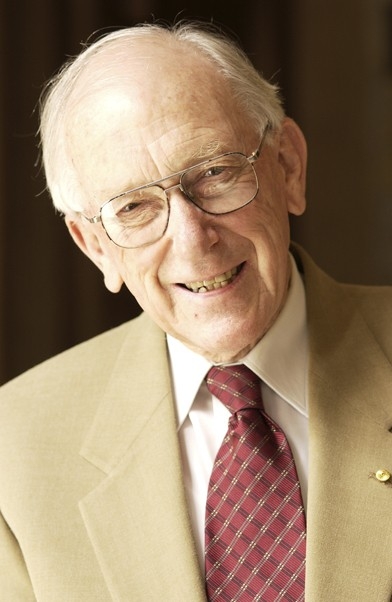
The Mixing Pot has been closed for years and Tom Reeve died at the end of last week, just short of his centenary. Others are better qualified to write about his life, but the progression from being a doctor in the mining town of Collinsville in Queensland (about which he wrote) to be the leading thyroid and oncology surgeon in NSW and Executive Officer of the Australian Cancer Society demonstrated the breadth of Tom Reeve’s experience and influence.
One memory I have of Tom and Ross Webster (then recently retired from the University of Melbourne but acting as part-time Director of Medical Services at the Broken Hill Hospital) was them sitting in the garden of the Menindee Hotel having a beer. It was in the mid 90s. This was before the hotel burnt down and therefore the backdrop was still the old hotel where Burke and Wills stayed on their journey up North.
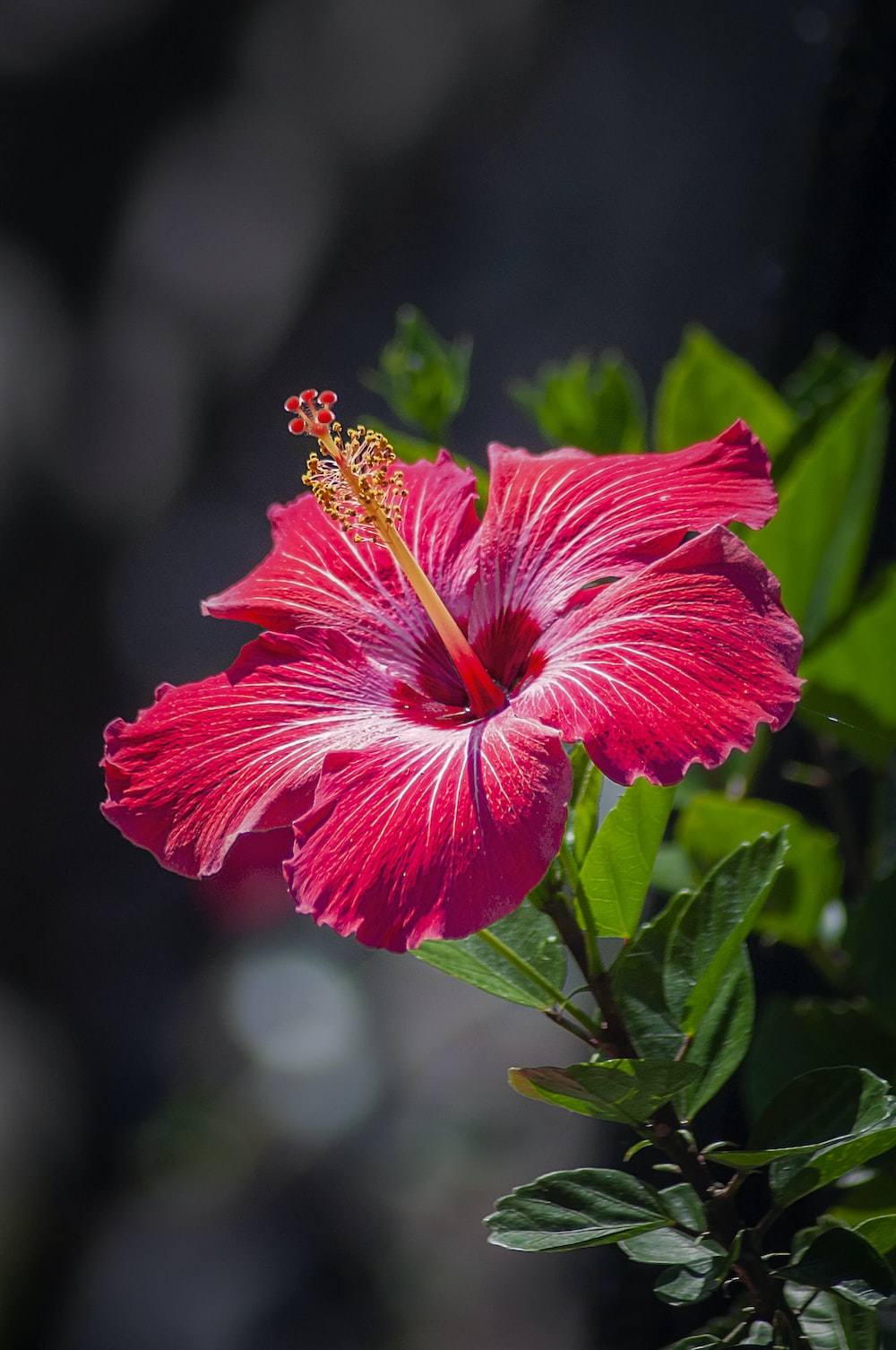
Reeve and Webster made a different mark on Australia, when they worked together in Broken Hill for that all to0 brief a time.
There was one flower in that courtyard – a lone red hibiscus. Strange what you remember. As the hibiscus and all flowers are fragile, so is human life. The beauty of flowers, like the enjoyments of life, is fleeting. This quote with its link sums up that privilege of working with Tom. Fleeting – yes; but also so very substantial.
The Problem with having only one Joyce
My real worry in flying Qantas is that it is now an unsafe airline. An irrational fear, but it is embedded in my psyche.
I fuss over the number of frequent flyer points I have accumulated. At present I have over 700,000 points but I doubt the value of the Qantas program. I seem to be bombarded with emails wanting to sell me a whole raft of goods in which I have little interest. Yet try to use them for flights, especially business or first – squeezing through the eye of the needle by comparison would be a doddle.
I once preferred to fly British Airways and their customer service, including its rewards for loyalty program set a standard. I remember the rewards, a touch of luxury with a stay at the Hôtel de Crillon in Paris and a weekend at Belltrees in the Hunter Valley. In those days, British Airways even offered an upgrade on Concorde. Days that have long vanished.
I had always travelled domestically with Ansett, and I found their service was very good. I travelled thousands of kilometres around Australia and abroad with Ansett, until it went broke, leaving me with over 600,000 unusable frequent flyer points. I switched to Qantas for domestic flights. I did not harbour any resentment for the Ansett loss.
What has happened?
Ansett collapsing was inconvenient and I had to build a new frequent flyer profile with Qantas, which I did, rapidly reaching platinum status. All this suggests that I wanted to be pampered. No, I just want efficiency and certainty. I have paid for flights with Qantas with that expectation.
The six years before the COVID-19 epidemic arrived, I developed a different insight. I contracted an auto-immune disease, which became chronic and with the chronicity I have become increasingly disabled.
This meant that every time I fly, I need a wheelchair. Distances in airports became just too great to walk. This has meant that for me to board a plane, assistance needed to be co-ordinated. I have experienced other airlines and other airports in a variety of countries as well as across Australia as a comparison. Depending on other people to get you to and from the plane and the uncertainty that entails does not sit well in one’s psyche when the airline that you are used to coincidentally reduces the level of its services. Part of that is the policy of cramming more and more into economy class. Disabled people need more space not less. Qantas seems not to have given this much consideration.
Qantas has been run by a CEO whose culture is the budget airline reducing customer service, aggressive treatment of his workers, while he panders to his Board and the shareholders. To him, the plane is no better than a bus, but the cost of a ticket is anything but.
How will his legacy be judged – not now, but say in five years?
But there are even limits to Joyce, the Scrooge. He also has a touch of the Heeps, the sycophant. The Chairman’s Lounge system with an associated concierge service is a cheap way to pander to those persons of influence including, so it seems, their children. This has been a Joyce discretionary power, providing a perfumed screen shielding the politicians from the stench of Qantas’ decline in service for the masses. He can manipulate access to the flights using earned frequent flights for his coterie. It is all distasteful, but then the Australian bunyip aristocracy laps it up.
Maybe I am melodramatic, but the level of complacency and non-concern about the overall deterioration, even with the pitchforks at the gate clamouring for change, is mind blowing.
 “Prime Minister, don’t you t’ink the livery on the plane advocating “yes” shows how well our airline is appropriately politically correct?”
“Prime Minister, don’t you t’ink the livery on the plane advocating “yes” shows how well our airline is appropriately politically correct?”
Maybe. I’m afraid that what Joyce substitutes for an airline, is now a hollowed out advertising hoarding, and hardly a suitable vehicle for carrying passengers in comfort.
Stress and The Emergency Department
I spent nearly seven hours in the emergency department one day last week. I had an uncontrolled nosebleed for 36 hours. The bleeding would stop with pressure on the affected area, but then would start again once pressure removed. I had stopped the anticoagulant immediately. Still, it takes time for the anti-coagulant effect to wear off.
I went to the emergency department at 11.30am and was home for the evening news at 7.00 pm. I had only gone to emergency department with one clear objective, to have an ENT specialist cauterise the nasal bleeding point as I had been bleeding since late Sunday evening. At times, as I have written above, I thought the bleeding had stopped since I had stopped taking my anti-coagulants and was applying considerable pressure as well as placing gauze plugs up into the nasal canal.
When I arrived the promptness of a nurse getting me a wheelchair and showing concern was interrupted by the receptionist clerk who seemed to have lost something, fussing around, while I sat in the wheelchair. All the time I was glad that the blood was not gushing out as it had been earlier. Eventually, he found what he was looking for and I was allowed to proceed. I passed through the first set of doors and was wheeled into what was labelled hilariously RAFT (Rapid Assessment of First Treatment).
It took me over three hours to see a doctor, and then in the meantime the nurse-driven protocols started annoying me. When I was shown to have high blood pressure – which was already known – I was given a tablet without any reference to my current drug regimen, nor was there any instruction about further treatment. Then another nurse bobbed up wanting to take a blood sample, which I worked out was an INR test, which has been shown to be useless for the “novel” oral anticoagulant measurement that I had been taking. I pointed that out, and the nurse beat his retreat.
The protocol enforcers were ever present and had to be beaten off. I came in with a nosebleed, and yet they wanted to take blood for various pathology tests, and fortunately I had the results of blood tests done a few days before. ECG. Why? Chest X-ray. Why?
I was told my refusal of blood tests (the results of which apparently would take two hours) would further delay any prospect of treatment. At that point I spat the dummy well and truly, and no blood test was taken. I had my complete pathology profile which had been obtained the previous week.
There was no questioning about whom my local doctor was – no sense of referral back to my local doctor. They seemed not to notice I had compression stockings and leaving me in a wheelchair for such a long period was not a good strategy. Fortunately I had a sheepskin, but even sitting on it there was still prolonged compression of my thighs. It was not optimal.
Eventually I was examined by an emergency physician and an emergency physician registrar, and they discovered a small, ulcerated nasal area anteriorly. However, they then admitted that they did not have the equipment to cauterise the area from where I was bleeding. Thus, I had to go up to the ENT outpatient clinic, where I waited for a further hour, the last patient for the day; a lonely sight sitting in the vast outpatient area. Why I could not have been sent there hours earlier is totally due to this protocol driven bulk handling of patients.
I remember when I was responsible for the Casualty aka Emergency Department at the Royal Melbourne Hospital, we reduced the waiting time to an average of fifteen minutes. It was before the advent of emergency physicians. Some of my colleagues have wondered about the long term value of having this intermediate specialty lengthening the time for patients being seen in order to justify it being a separate specialty rather than a salaried hospital practitioner with common sense.
The Emergency Department is stressful enough without having a person like myself being kept there because of the requirement to be examined by a doctor labelled “emergency physician”, when they didn’t have the equipment to treat me anyway. Simple common sense would have referred me direct to ENT outpatients, and saved hours waiting – but as I was reminded more than once, priority is determined on clinical need, notwithstanding most of those presenting can be quickly triaged out of the Emergency Department to a more appropriate clinical setting.
Here the ENT registrar was a young doctor training to be a specialist. She fixed me up in half an hour, to be reviewed in a week, when I can go directly to the ENT Outpatient Clinic without having to be checked through “The Hospital Customs”, once known again hilariously as the Emergency Department. She also prescribed me oxymetazoline HCL nasal spray to be used three times a day for five days.
Finally, after all this stress, I could not be discharged until I was given the “green light” by a clerk attached to the emergency department. Mercifully, the ENT registrar intervened so that she had permission to discharge me. Otherwise, as my wife observed, we would have to stage a prison break.
I was once a doctor, then I was listened to by government; now I am a customer with the added experience of being a patient to complement the knowledge I’ve built up in years of practice. Am I now listened to by the next generation of policy determiners? No way – I’m just a mug emergency department statistic in a wheelchair, my knowledge of my medical condition not taken into consideration.
You see, when I ran the Emergency Department, I would have looked at the presenting complaint, and quickly confirmed the provisional diagnosis and sent the patient to the appropriate specialist unit or to be seen. I have never had any time for collecting patients.
Epistasis – An Addendum
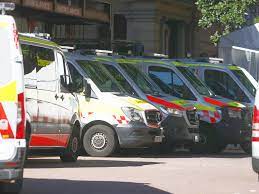 There were ambulances parked outside the hospital. We had contemplated calling an ambulance at one stage when my nose bleed was particularly acute, and we were unable to bring it under control. In conversation with the paramedics, my wife found out that ambulance officers, including the paramedics, have no special training in stopping a nosebleed, apart by compression for up to 30 minutes. Let me say that compression for that length of time is difficult to sustain, as I found out when my nose was bleeding, seemingly uncontrollably.
There were ambulances parked outside the hospital. We had contemplated calling an ambulance at one stage when my nose bleed was particularly acute, and we were unable to bring it under control. In conversation with the paramedics, my wife found out that ambulance officers, including the paramedics, have no special training in stopping a nosebleed, apart by compression for up to 30 minutes. Let me say that compression for that length of time is difficult to sustain, as I found out when my nose was bleeding, seemingly uncontrollably.
Added to the fact that ambulance officers or emergency physicians are unable to staunch the blood except by pressure, it is appropriate for treatment of this condition to be reconsidered. I have since read the NSW Health sheet on nosebleed, and none of the protocol recommendations were used by those in the emergency department. I did it myself (well until eventually the emergency department registrar removed the gauze plug I had inserted).
I was bleeding anteriorly, but as I read on through the material on nose bleed, postnasal bleed may be a far more serious condition requiring specialist attention without delay. One can lose blood very quickly as the postnasal space is the terminus for a vascular plexus to which two arteries contribute.
Finally, it was also incidentally discovered that I have a deviated septum. I remember I sustained a heavy blow as a child boxing in an inter-house final. A deviated septum, means that one of your nasal airways is smaller than the other and more likely to bleed. You live and learn.
Truth-telling
Each year for more than 15 years now, we benchmark the gap between Indigenous and non-Indigenous Australians. The point is, what will we do about this gap? Truth is important, but it must be followed by action. Identifying the problem is only a start. The next question is what do we do? And this is why we need a Voice. That’s why the Voice is our first priority. We must change the process to ensure governments and bureaucrats respond to the voices of ordinary Aboriginal and Torres Strait Islander peoples, people who truly represent their communities from the grassroots up to the decision-makers in Canberra.
The Voice will be an authoritative representative body elected by Aboriginal and Torres Strait Islander peoples. It will be a committee, in a sense, an advisory committee, to make representations on behalf of First Nations peoples. No special legal powers to write or implement policy, but the moral power of representing the true Indigenous population of this country. Representation that is consistent. – Rachel Perkins.
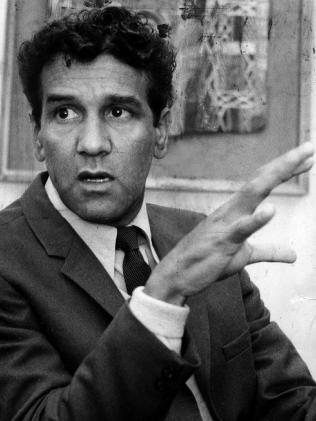
The fondest memory of many I had of her father, Charlie Perkins, was the time I was walking across King’s Hall during the dinner break, when Mick Young and Eric Walsh approached us and addressed Charlie: “You coming to dinner with us, Charlie?” It was an invitation designed to publicly humiliate me as I was pointedly excluded. Charlie turned to them and said quietly, “I’m going to dinner with Jack Best.” It was recognition the Aboriginal people were not unquestionably beholden to the Australian Labor Party. It was also recognition that, once he determined a course of action however trivial this gesture may appear, Charlie would follow through.
I knew Charlie at the height of his power. I believed he was too much constrained by the bureaucracy. He was too much of a free-flowing spirit.
Now we have his daughter on the “truth-telling” bandwagon. This is a Marcia Langton ploy to shut down discussion. Truth is what Marcia determines; whereas the stories incorporating the myths and legends belong to each tribe, as it was how they may be interpreted in terms of natural phenomena. We constantly hear that the Aboriginal people have been here for 60,000 years. Then there are thousands of years of silence broken by secondary sources and much speculation. No truth here.
Here, storytelling is important to fill the gap, especially where such tradition is in the main oral. But that is not truth. Truth is something that is accepted – such as the dark side involving the complicity of Aboriginal troopers in the massacre of other Aboriginals and the fact that Aboriginals collected Aboriginal skulls now being repatriated back to their ancestral burial grounds alongside the more commonly stated “truths” about whitefella actions. This is one of my aims – to remove the sense of whitefella guilt and expunge this insidious so-called “truth telling” as if “truth” only exists on one side of the ledger.
Once we admit that we all live an imperfect world, which will always remain so, then there will arise a Voice which, for a brief time, I shared with Charlie as we sat around a campfire outside Old Parliament House 40 years ago. Surely there are other examples that could give meaning to the Voice, as a call for mutual respect in which sins of the past are cleansed rather than weaponised.
My Favourite Gourd
One of my favourite reminders of times we spent in Maine near the Canadian border overlooking the Bay of Fundy is a gourd. My wife had bought it in Maine. I had always associated gourds as water containers that Mexicans lugged around the desert strapped to the sides of their burros.
Yet gourds were found growing all through the New England area from pre-historic times. The earliest gourd carving was found on an archaeological site in Maine and has been carbon-dated to 6,500 years ago.
As one authority has written, growing gourds may have been spread initially in conjunction with improvements in fishing techniques, with small gourds used primarily as net floats. In this scenario, gourd growing spread northward from the coastal plains of the Southeast into river valleys of the Midwest and Northeast as fishing became more significant. The growing of gourds was fully compatible with a fisher-gatherer-hunter lifestyle.
Gourds have been grown worldwide for thousands of years. They have little food value but their strong, hard-shelled fruit, in addition to being used as fishing floats, have been long prized as containers and musical instruments.
This lightweight “container crop” would have been particularly useful to human societies before the advent of pottery and settled village life and were grown before there was any systematic horticulture.
Thus, gourd harvesting was not an impetus for widespread horticulture nor did it necessarily trigger a transition to the Agricultural Revolution.
Women may have grown gourds, but the possible role of women in fishing activities as noted above is more ambiguous than is their role in gathering and eventually domesticating the food plants along the eastern seaboard of Northern America, well prior to white settlement.
Gourds being used for folk art has a long history in south-west USA among the Indian tribes such as the Apache, Hopi, Zuni and in Central and South America among Indian tribes, particularly those of Guatemala and Peru. But I had no idea that gourd carving occurred in Maine. Some of the carvers are the descendants of the local indigenous people.
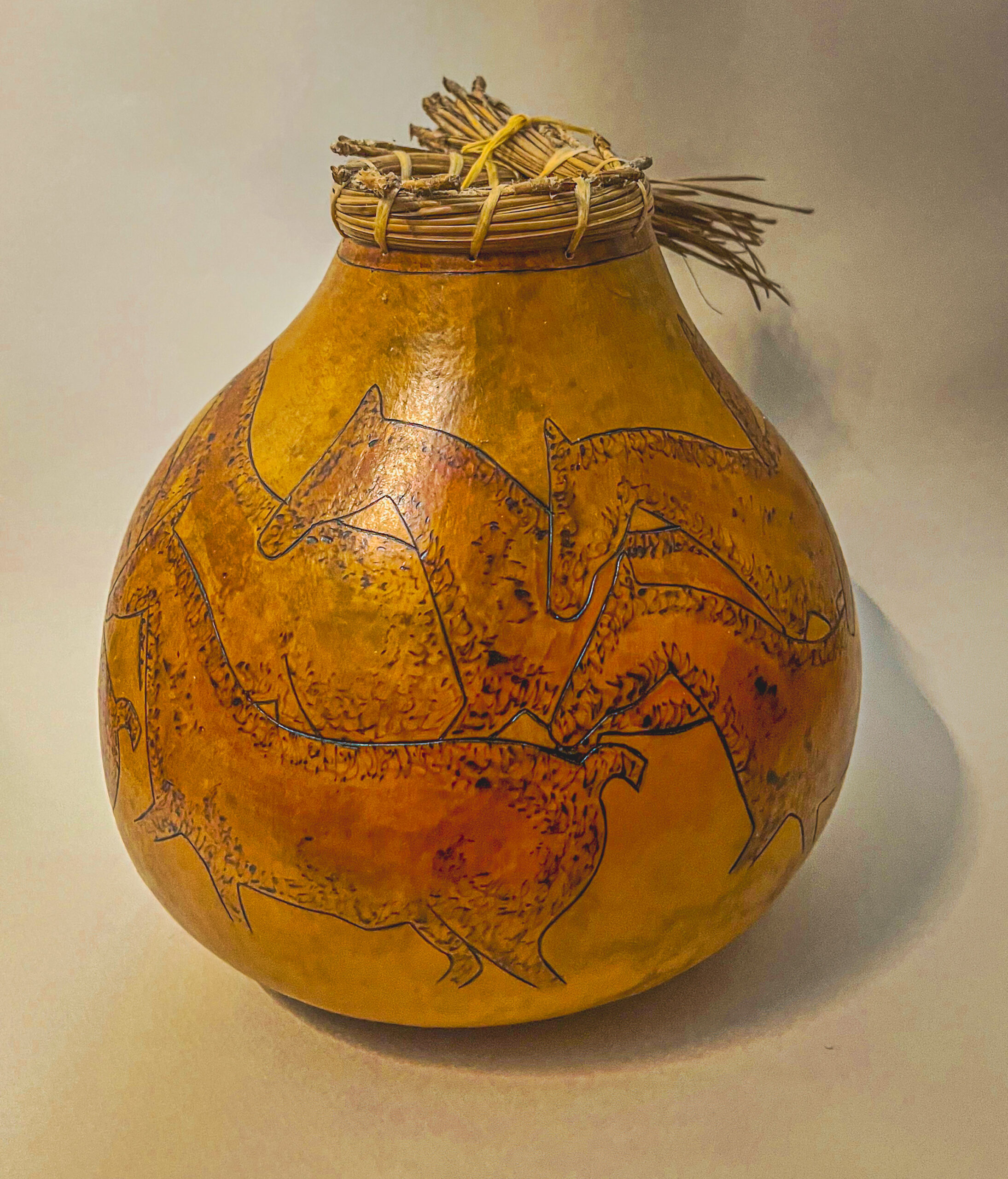 The gourd my wife purchased has the patina of leather and is unexpectedly light. It is easy to see why the gourd was used as a bag. But our gourd with a narrow opening with a rim of pine needles would be an inconvenient vessel.
The gourd my wife purchased has the patina of leather and is unexpectedly light. It is easy to see why the gourd was used as a bag. But our gourd with a narrow opening with a rim of pine needles would be an inconvenient vessel.
Pine needles are only one such decoration; porcupine needles are also used. The needles are usually baked in glycerine water (and dye, if colouring them) for four hours and then dried for 3-4 days. This preserves the needles from breaking.
Our gourd seems polished amber in colour with its circular walls etched with figures of prehistoric horses which seem to have been transferred from the cave paintings of Altamira.
Overall, a piece of art which attracts the eye, and carved in Maine!
Mouse Whisper
The F-16 offers Ukraine the ability to safely strike targets hundreds of km away, deep in Russian-controlled territory. That’s vital if any ground offensive is to succeed.
An American declaration about the refusal to send the latest F-16s to the Ukraine because they might fall into Russian hands is a ludicrous excuse. This implies that you would be using your worst equipment (or at least equipment no better than the inferior equipment of the other side) in all warfare. War is not fought that way, and we all know that. Just imagine the RAF, in the Battle of Britain, saying that the boffins advocated they use Sopwith Camels instead of Spitfires for that same reason.
Really you American squirrels should stop treating us Australian mice as though we are drongos.
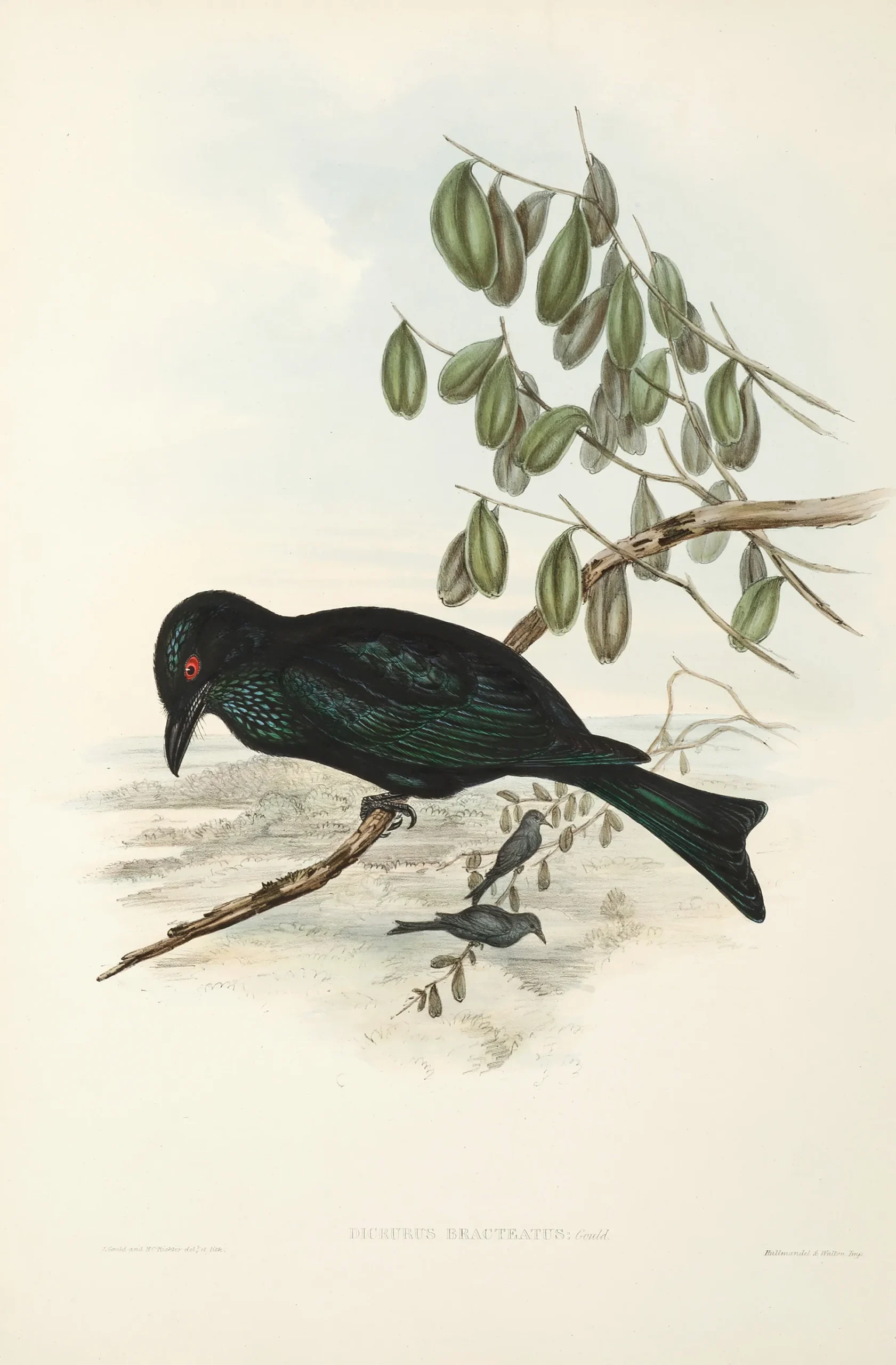

 Graham Arnold, the current Australian coach is a knock-about Australian, who fits within the description of a typical “Aussie bloke”. His zone? An abusive father; mother who dies of cancer when he’s 20; lives in straitened circumstances as a teenager, soccer journeyman who has pushed his innate abilities to its limits; underestimated; a chip on his shoulder compounded by his rumpled appearance. Moreover, he drinks at the Sackville Hotel in Rozelle (renamed for the Cup Sacky-roos), which I know well also. Rozelle – now gentrified – a long way from his childhood yet with identifiable parts to which he could relate, like his Sackville patron mates.
Graham Arnold, the current Australian coach is a knock-about Australian, who fits within the description of a typical “Aussie bloke”. His zone? An abusive father; mother who dies of cancer when he’s 20; lives in straitened circumstances as a teenager, soccer journeyman who has pushed his innate abilities to its limits; underestimated; a chip on his shoulder compounded by his rumpled appearance. Moreover, he drinks at the Sackville Hotel in Rozelle (renamed for the Cup Sacky-roos), which I know well also. Rozelle – now gentrified – a long way from his childhood yet with identifiable parts to which he could relate, like his Sackville patron mates.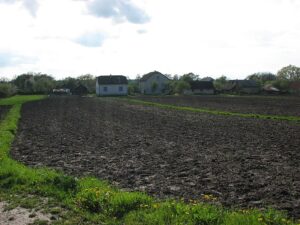

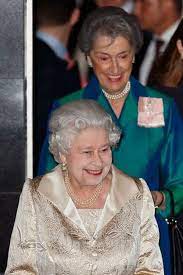



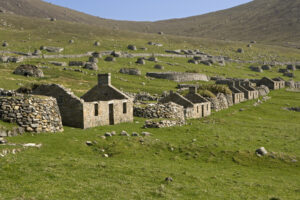
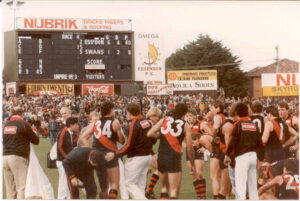

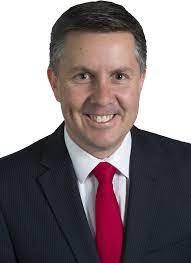
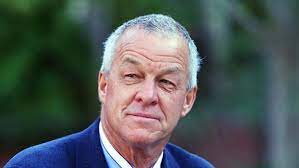
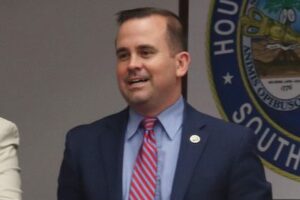
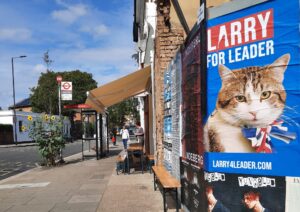
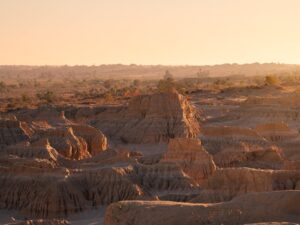
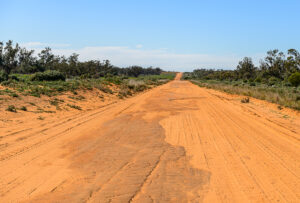
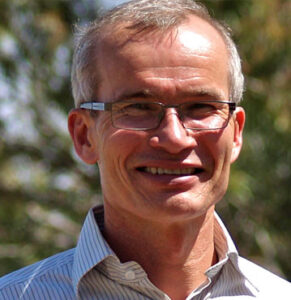
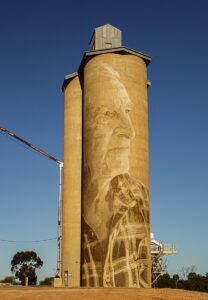
 Jane Halton has bobbed up again. The incoming Health Minister, Mark Butler, has asked her to review the existing vaccine contracts and whether the country had a regular source of vaccine supply – a guaranteed pipeline.
Jane Halton has bobbed up again. The incoming Health Minister, Mark Butler, has asked her to review the existing vaccine contracts and whether the country had a regular source of vaccine supply – a guaranteed pipeline.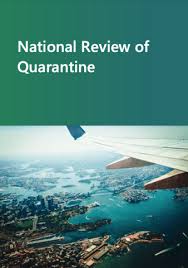 She became a member of the ill-fated Executive Board of the Australian National COVID-19 Coordination Commission in March 2020. That would suggest that she was engaged in the whole sorry process from the start, the entrails of which she has been asked to examine. Maybe she will be able to airbrush any involvement of Sarah Jane Halton from her report to Minister Butler.
She became a member of the ill-fated Executive Board of the Australian National COVID-19 Coordination Commission in March 2020. That would suggest that she was engaged in the whole sorry process from the start, the entrails of which she has been asked to examine. Maybe she will be able to airbrush any involvement of Sarah Jane Halton from her report to Minister Butler.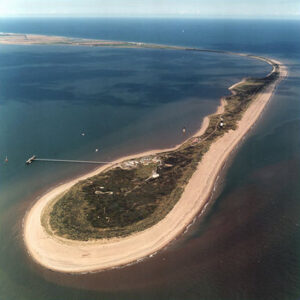
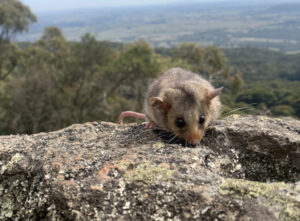 My Bushrat relative, Rafferty, turned up the other day. He had hitched a ride on a number of trucks around the southern part of the Far West of NSW with a mate, Jack Kerourat. Anyway, he said that the Hay Plain was so flat you could see the curvature of the Earth’s surface.
My Bushrat relative, Rafferty, turned up the other day. He had hitched a ride on a number of trucks around the southern part of the Far West of NSW with a mate, Jack Kerourat. Anyway, he said that the Hay Plain was so flat you could see the curvature of the Earth’s surface.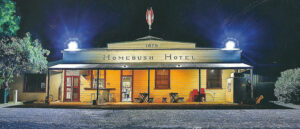
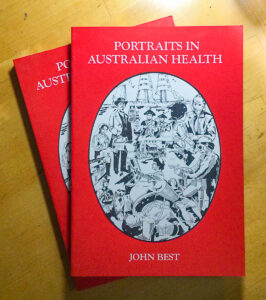 I have written this story before, but the proposal to increase the travel allowances of patients living in country areas of NSW reminds me of a story which appeared in my 1988 book “Portraits in Australian Health” released in the Bicentenary year, to my knowledge the only book which the Federal Department of Community Services and Health sponsored to honour this occasion.
I have written this story before, but the proposal to increase the travel allowances of patients living in country areas of NSW reminds me of a story which appeared in my 1988 book “Portraits in Australian Health” released in the Bicentenary year, to my knowledge the only book which the Federal Department of Community Services and Health sponsored to honour this occasion.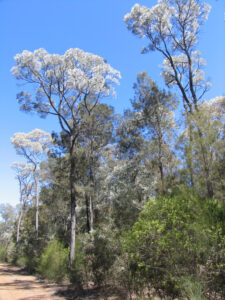
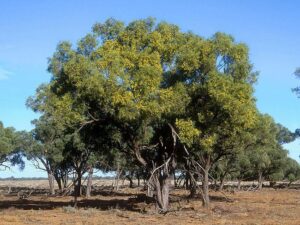
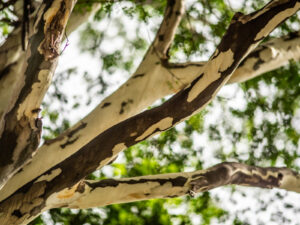
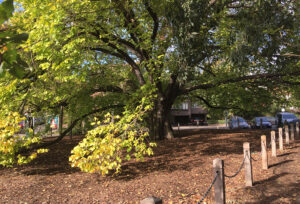 The amazing element which I found as I entered the dense canopy, seeking an unmarked specimen of leaf, at a time when I was collecting the various glabrous leaves of these trees, was that when you were under the canopy your vision was only of the foliage. The outside world was blotted out. Branches nearly touch the ground, and others are propped up. Here, there was a tranquillity, and even though close by, the traffic noise was muted, although the smell of the dusty, dirty city does penetrate through the foliage.
The amazing element which I found as I entered the dense canopy, seeking an unmarked specimen of leaf, at a time when I was collecting the various glabrous leaves of these trees, was that when you were under the canopy your vision was only of the foliage. The outside world was blotted out. Branches nearly touch the ground, and others are propped up. Here, there was a tranquillity, and even though close by, the traffic noise was muted, although the smell of the dusty, dirty city does penetrate through the foliage.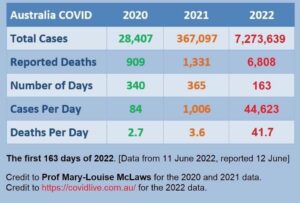



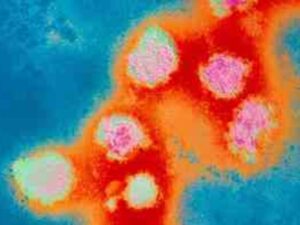
 As I probably mentioned in a previous blog, I accumulated New Scientist magazines, even though I never had time to read them. After I started writing the blog, as the magazines were conveniently stacked in the office, they served as a source of some of my material, even though some were 20 or more years old. Most of the issues came in an era before the modern technologies, and therefore there was a certain quaintness. Having fulfilled this purpose of providing source material, I broke the link which bound me in this state of habituation and threw them out.
As I probably mentioned in a previous blog, I accumulated New Scientist magazines, even though I never had time to read them. After I started writing the blog, as the magazines were conveniently stacked in the office, they served as a source of some of my material, even though some were 20 or more years old. Most of the issues came in an era before the modern technologies, and therefore there was a certain quaintness. Having fulfilled this purpose of providing source material, I broke the link which bound me in this state of habituation and threw them out.
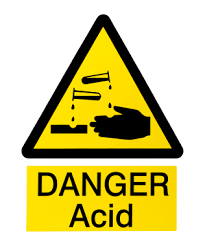
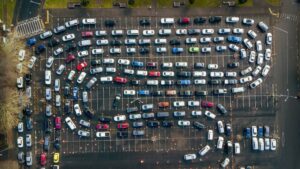

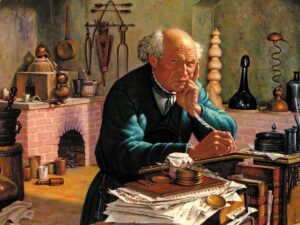 Thinking through what Minister Hazzard had said, what would have happened if a State Health Minister had said during the polio pandemic – “It’s inevitable that everybody’s going to get it?” You could barely hear this Metaphor through the swishing of iron lungs and the clanking of braces attached to children’s limbs.
Thinking through what Minister Hazzard had said, what would have happened if a State Health Minister had said during the polio pandemic – “It’s inevitable that everybody’s going to get it?” You could barely hear this Metaphor through the swishing of iron lungs and the clanking of braces attached to children’s limbs.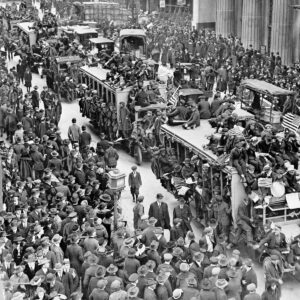
 The CDC also stressed that because some of the symptoms of both the flu, the coronavirus, and other respiratory illnesses are so similar, testing is required to “tell what the illness is and to confirm a diagnosis,” especially because people can be infected with both the flu and COVID-19 at the same time.
The CDC also stressed that because some of the symptoms of both the flu, the coronavirus, and other respiratory illnesses are so similar, testing is required to “tell what the illness is and to confirm a diagnosis,” especially because people can be infected with both the flu and COVID-19 at the same time. 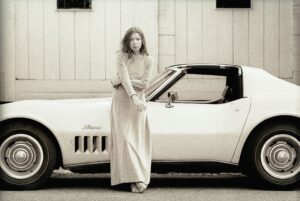

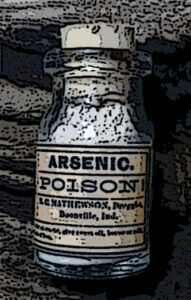
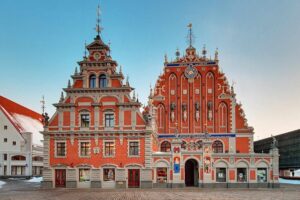

 As with all Baltic countries, Latvians love beer. However, there is a Riga drink – balzam. It is a black liqueur. Having been required on a few occasions when as a post-graduate research scholar to take iodine after inadvertently labelling myself with radioactive iodine, I taste the balzam. I am transported back to my heady iodine days. It tastes just as bitter and unpalatable as iodine.
As with all Baltic countries, Latvians love beer. However, there is a Riga drink – balzam. It is a black liqueur. Having been required on a few occasions when as a post-graduate research scholar to take iodine after inadvertently labelling myself with radioactive iodine, I taste the balzam. I am transported back to my heady iodine days. It tastes just as bitter and unpalatable as iodine.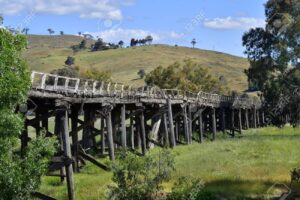
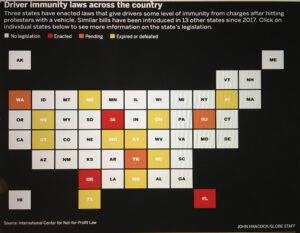 Yet the legislators in essentially very Republican states run the line of driver being surrounded by violent rioters and in trying to get away, some of the pedestrians may be hit by the car, where the driver at risk feels his or her life in danger. The thesis plays the white audience which spawned a person like James Field who, well before the George Floyd murder, in 2017 ploughed his Dodge Challenger into a crowd of demonstrators in Charlottesville, South Carolina, only stopping when he struck a white Camry, which was pushed in turn into a maroon minivan.
Yet the legislators in essentially very Republican states run the line of driver being surrounded by violent rioters and in trying to get away, some of the pedestrians may be hit by the car, where the driver at risk feels his or her life in danger. The thesis plays the white audience which spawned a person like James Field who, well before the George Floyd murder, in 2017 ploughed his Dodge Challenger into a crowd of demonstrators in Charlottesville, South Carolina, only stopping when he struck a white Camry, which was pushed in turn into a maroon minivan.
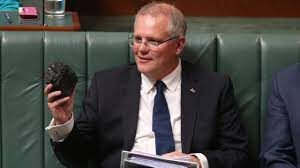
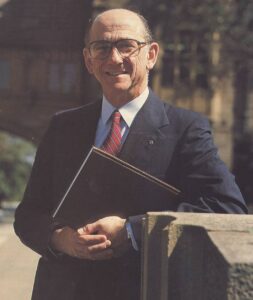 George died a week ago at 3.30pm. He was 93, and thus he had a life well lived. He was a Russian émigré from Shanghai, whose family started Repin’s coffee inns in Sydney in 1930. These were very successful, and the name Repin became a household name for a place to have a cup of tea as well as coffee. During the Depression, hard-up businessmen used the coffee shops to run their ailing businesses. American servicemen during WWII, unused to tea, found access to coffee through Repin’s – a boon. Repin’s in the fifties were the places the Push literati frequented in the afternoon to discuss how many angels were on certain pinheads.
George died a week ago at 3.30pm. He was 93, and thus he had a life well lived. He was a Russian émigré from Shanghai, whose family started Repin’s coffee inns in Sydney in 1930. These were very successful, and the name Repin became a household name for a place to have a cup of tea as well as coffee. During the Depression, hard-up businessmen used the coffee shops to run their ailing businesses. American servicemen during WWII, unused to tea, found access to coffee through Repin’s – a boon. Repin’s in the fifties were the places the Push literati frequented in the afternoon to discuss how many angels were on certain pinheads.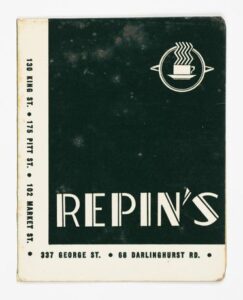 After the family coffee business closed in 1966, George joined the AMA and after a period became Secretary General, just in time for the negotiations to commence on the shape of the health care system following the report of the Nimmo Inquiry in 1969. The Ludecke Inquiry was where George became blooded in dealing with the Federal Government. Then the Whitlam government came to power in 1972, with its stated intent of introducing a universal health scheme.
After the family coffee business closed in 1966, George joined the AMA and after a period became Secretary General, just in time for the negotiations to commence on the shape of the health care system following the report of the Nimmo Inquiry in 1969. The Ludecke Inquiry was where George became blooded in dealing with the Federal Government. Then the Whitlam government came to power in 1972, with its stated intent of introducing a universal health scheme.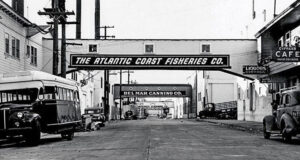
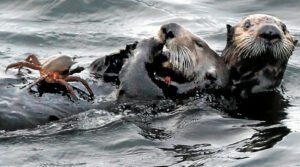

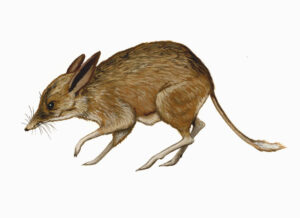
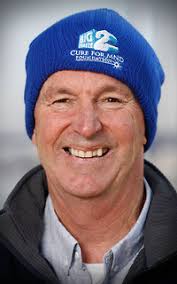
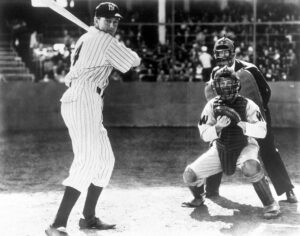



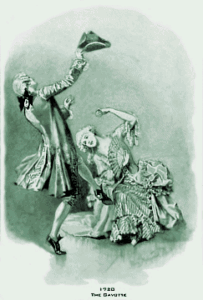

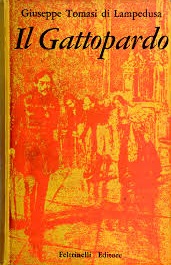 Draghi then goes on with a quote from “The Leopard”, where Prince Trancedi Falconeri says to his uncle Dom Fabrizio, “If you want things to stay as they are, things will have to change.”
Draghi then goes on with a quote from “The Leopard”, where Prince Trancedi Falconeri says to his uncle Dom Fabrizio, “If you want things to stay as they are, things will have to change.”